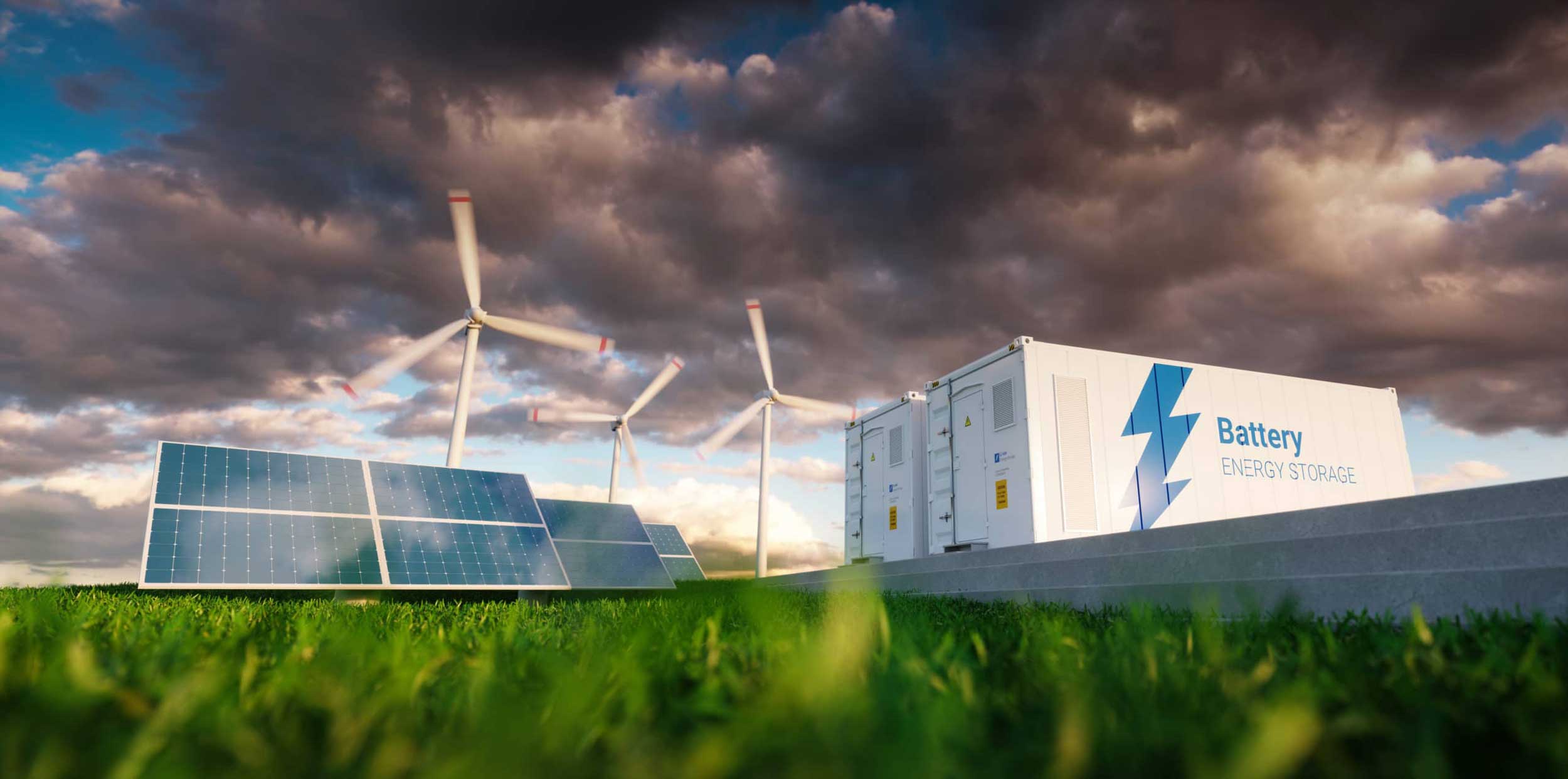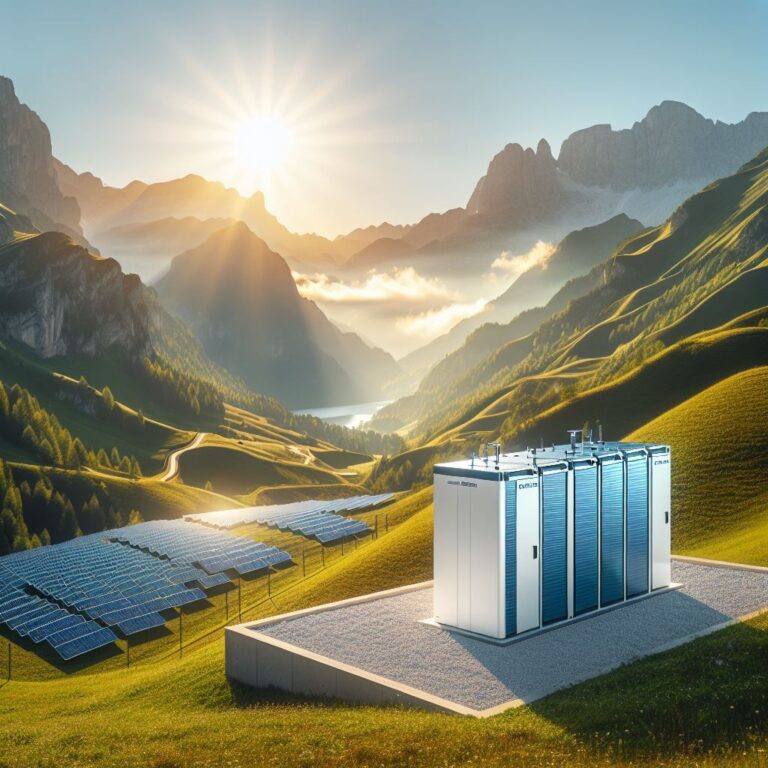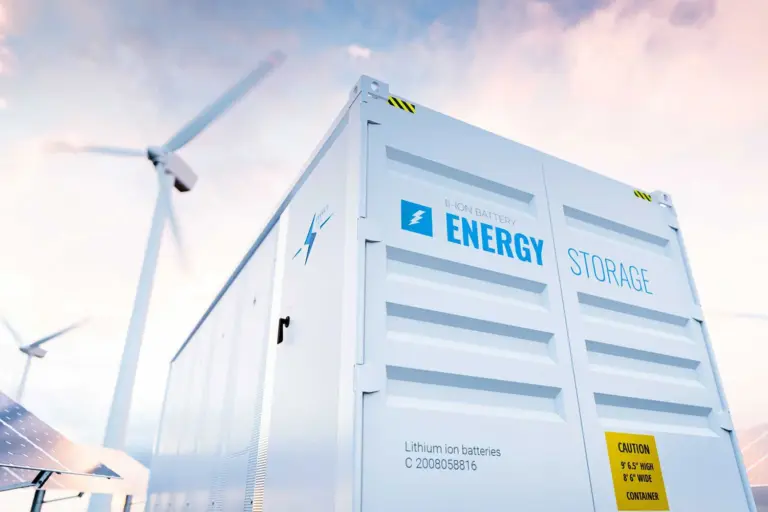
Moving Past Baseload
Detractors of renewable generation have always pointed to a lack of reliability as a key reason to keep fossil fuels dominant. Traditional generators, like gas turbines or nuclear plants, run continuously to deliver baseload – the minimum power needed at any given moment – while other technologies are used to fill in the gaps.
As the energy transition gathers pace, the argument for baseload is diminishing as more clean power is generated. Almost 290 GW of new solar, wind and other renewable capacity is thought to have been installed around the globe in 2021, with the International Energy Agency expecting another 1.8 TW expected by to be added by 2026.
With renewables already generating more power than fossil fuels in some markets and threatening to push the likes of coal off the grid, attention needs to be directed towards integrating these technologies efficiently rather than standing in their way.
Energy storage has already been found to offer a cheaper alternative to open-cycle gas turbine (OCGT) peaking plants in Australia, even before the fallings costs of renewable generators are factored in. Wood Mackenzie has estimated solar-plus-storage and standalone storage will be cheaper than new and existing OCGTs by 2025, offering the cheapest route to baseload power a decade later. But, as recent years have shown, the energy transition is often moving at a faster pace than predictions.
In the US, where recent changes to federal law have placed distributed energy resources and traditional generators on equal footing in wholesale markets, utilities are leading the charge towards renewables-plus-storage over new thermal generation. The West Coast’s PacifiCorp, for example, plans to deploy 6.3 GW of solar, 4.6 GW of wind and 2.8 GW of battery storage by 2038 as it disconnects 20 of its 24 coal plants. Indiana’s Vectren, similarly, is aiming to bring online 1 GW of storage-connected solar to replace 700 MW of coal. This trend can also be seen in New York, Florida and California, which is leading record-breaking deployment of energy storage across the US.
This activity will only grow as energy storage technology prices continue to fall. For example, the 700 MW combined wind-solar-storage project in Oklahoma – due online in 2023 – is already cheaper than a gas peaker plant of similar size according to its developers.
With price falls come advances in technology, and long-duration energy storage is already emerging as a key solution. As the market continues its transition to over four-hour lithium-ion systems – or beyond with alternative technologies reportedly boasting anything from 15 hours to 150 hours of storage and discharge potential – traditional baseload will become a thing of the past.

